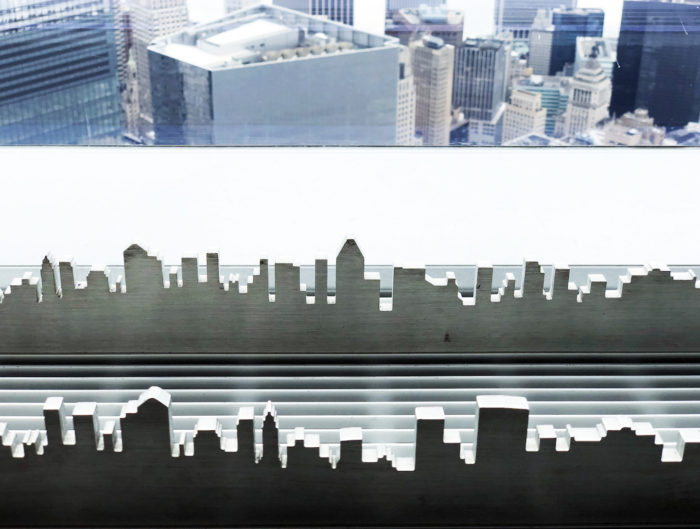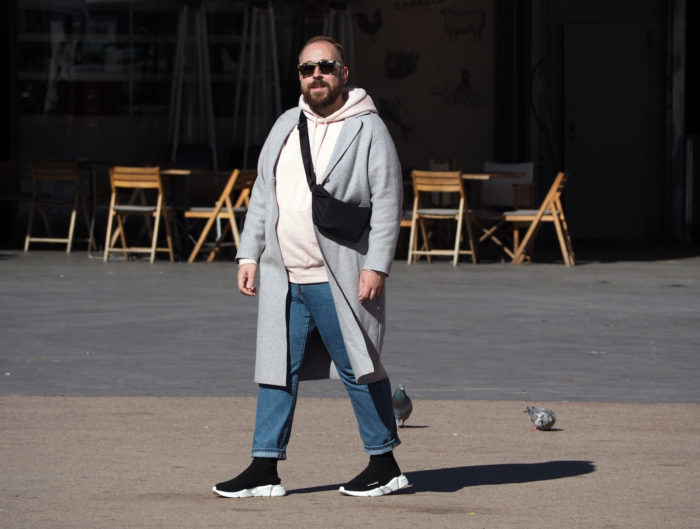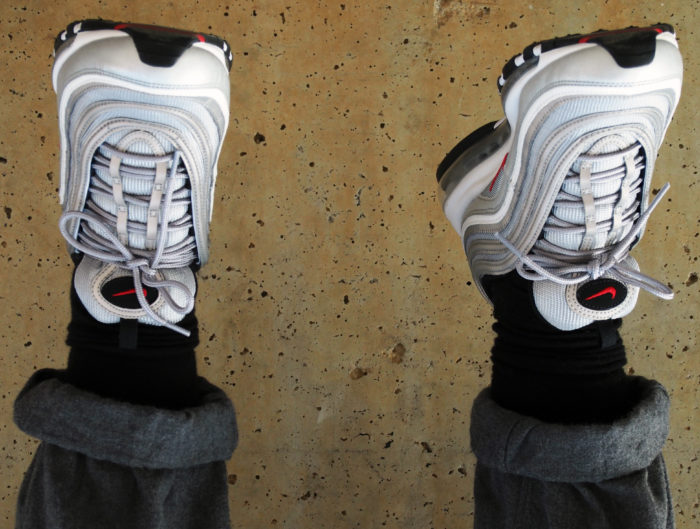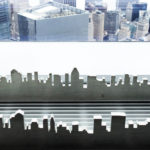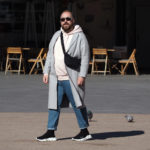El 18 de Febrero tuve la gran suerte de asistir a la inauguración de la nueva exposición «Balenciaga a través del encaje» en el Cristobal Balenciaga Museoa coproducida entre el mismo museo y la Cité Internationale de la Dentelle et de la Mode de Calais que estará abierta hasta el 18 de Septiembre de 2016 en Getaria (Gipuzkoa).
On the 18th February I had the opportunity to attend the inauguration of the new Cristobal Balenciaga Museoa exhibition called “Balenciaga through the lace” coproduced between the museum itself and Cité Internationale de la Dentelle et de la Mode de Calais that will be opened until 18th September 2016 in Getaria (Gipuzkoa).
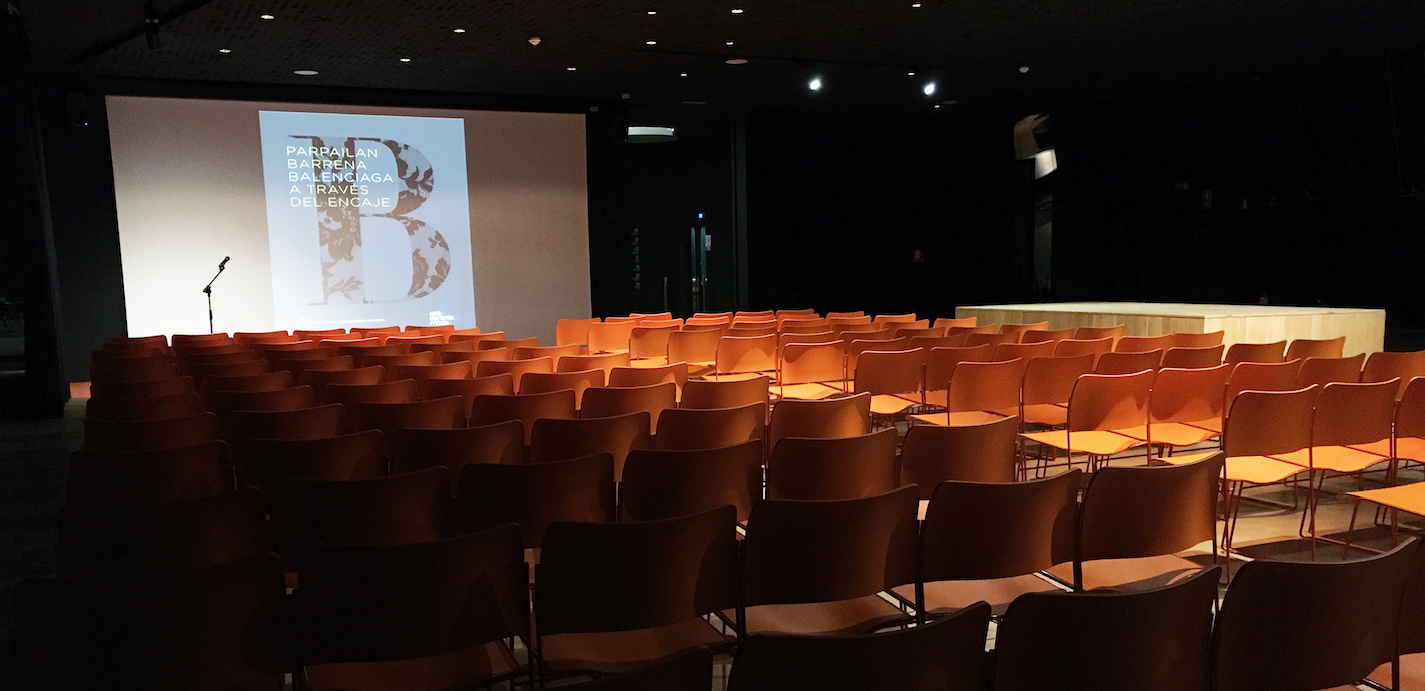
El acto comenzó con una introducción en video sobre la producción del encaje, dando paso a una breve introducción de Catherine Join-Diéterle, comisaria de la exposición y conservadora honoraria del Patrimonio de Francia y antigua directora del Palais Galliera, y Igor Uria, director de colecciones Cristóbal Balenciaga Museoa como comisario asociado. La exposición esta dividida en tres salas dispuestas cronológicamente en las que se exhiben más de 60 piezas y en las que se puede apreciar la capacidad de materializar de una forma única volúmenes sorprendentes y siluetas innovadoras que caracterizan sus creaciones.
The act started with a video introduction about the production of the lace, giving way to a brief introduction to Catherine Join-Diéterle, curator of the exposition and honorary conservator of France Patrimony and former principal of Palais Galliera, and Igor Uria, principal of the collections of Cristóbal Balenciaga Museoa as a curator partner. The exposition is divided into three rooms chronologically ordered where you can find more than 60 pieces and appreciate the ability to make in a unique way surprising volumes and innovative silhouettes a reality that characterize his creations.

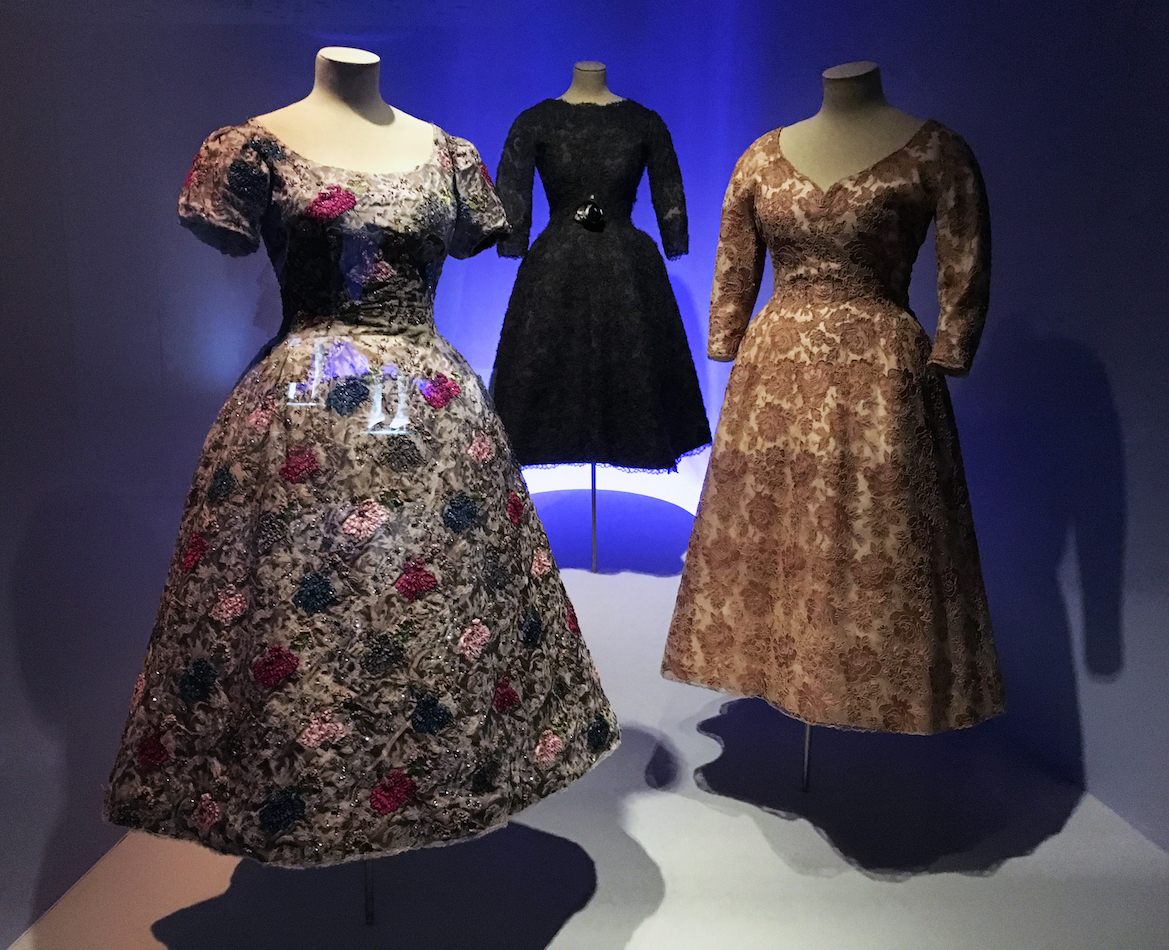

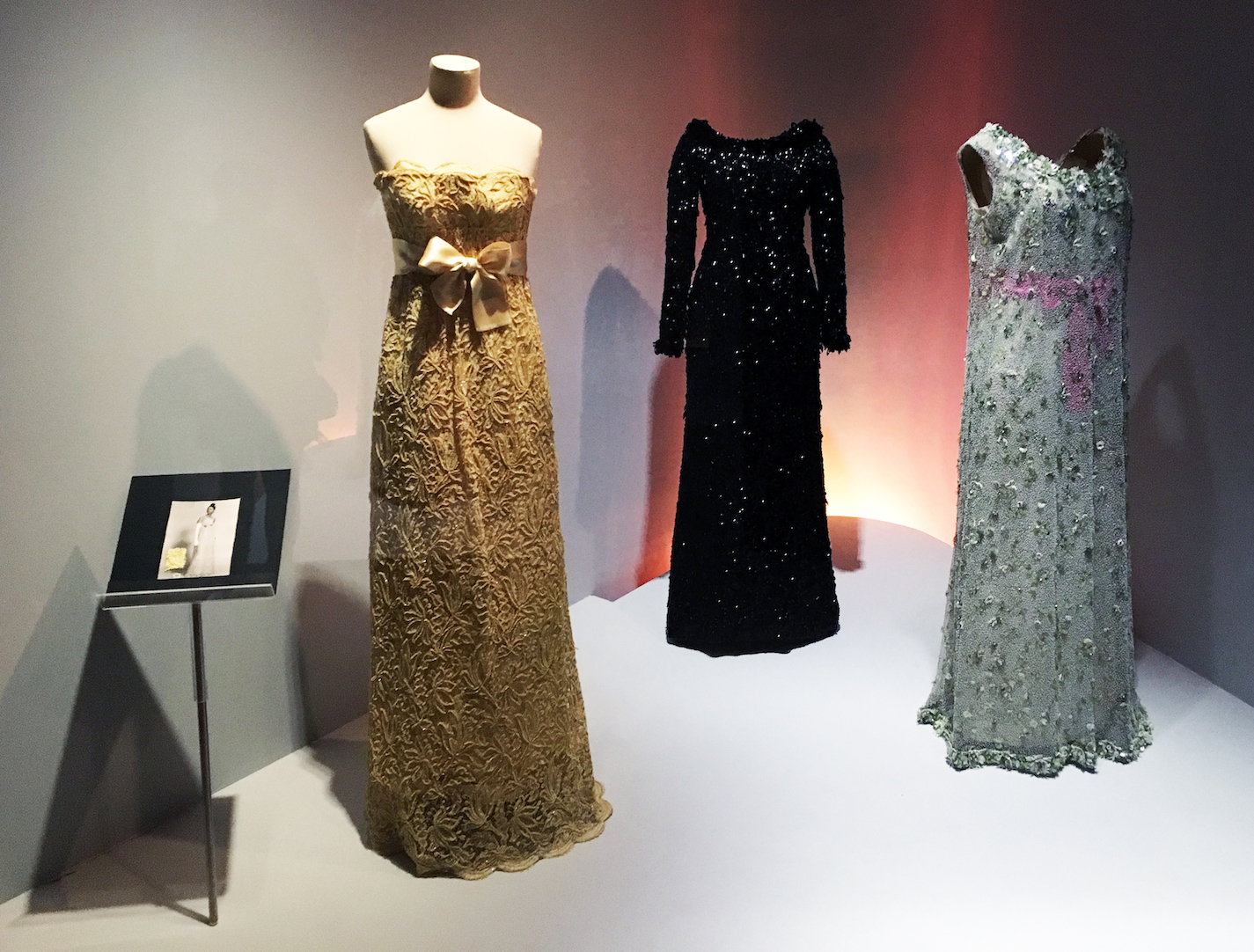
Todas sus obras contribuyeron a una gran evolución de la moda en las decadas de los 50 y 60. Desde sus inicios en San Sebastian hasta su consagracion en Paris, el modisto viajaba habitualmente a la capital francesa donde se empapó de la obra de grandes creadores, donde él adquiría diferentes modelos para luego desmontarlos y estudiar al detalle como estaban cortados, siendo el único que consiguio la autorización de Jeanne Lanvin para reproducir sus modelos.
All his masterpieces contributed to a big evolution in fashions in the 50s and 60s. Since his beginning in San Sebastian until his recognition in Paris, the dressmaker usually travelled to the French capital where he was impused with the work of great creators, where he used to adquire different samples to disassemble them and learn how they were cut, being the only one who got the authorization of Jeanne Lanvin to reproduce his samples.
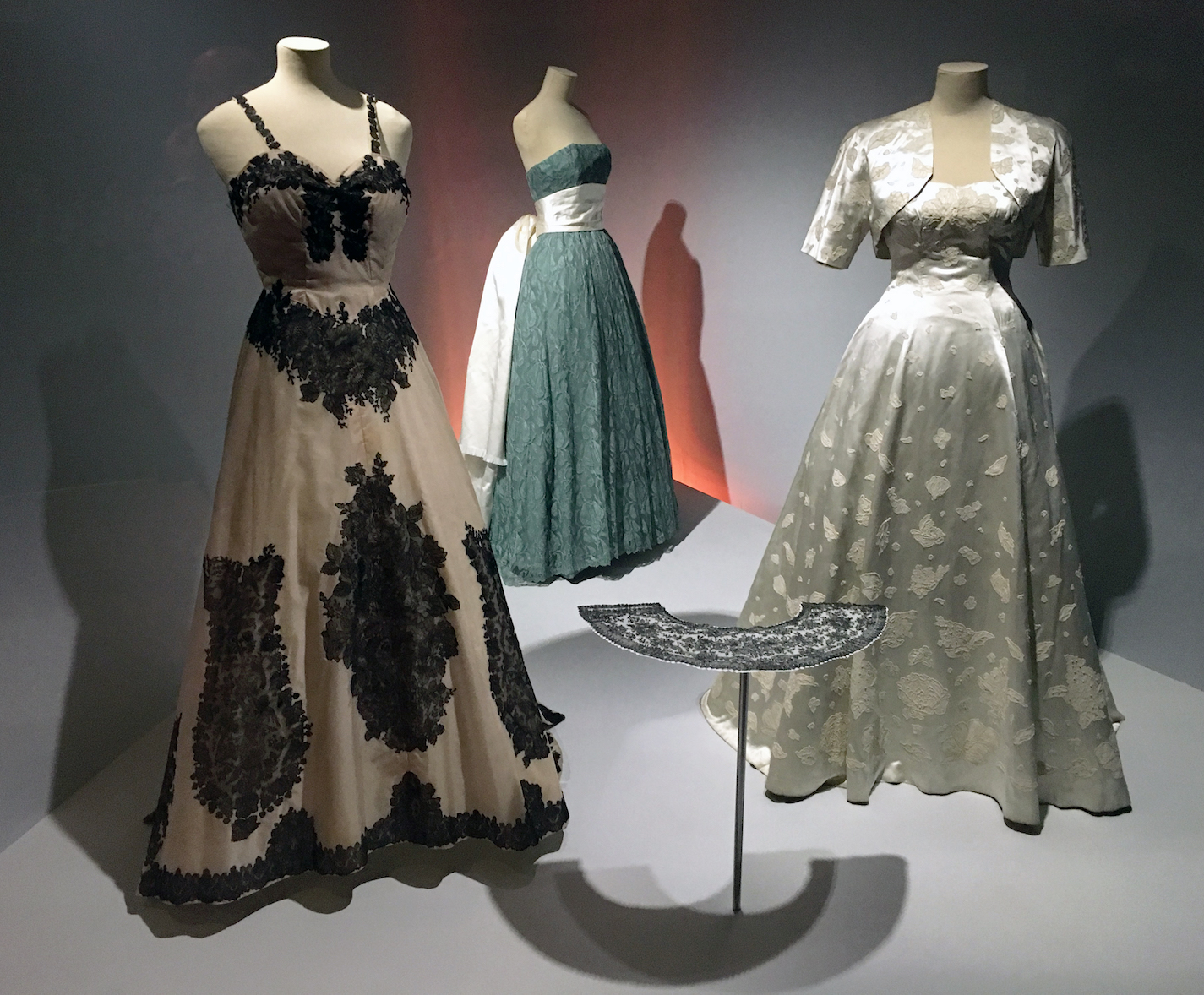
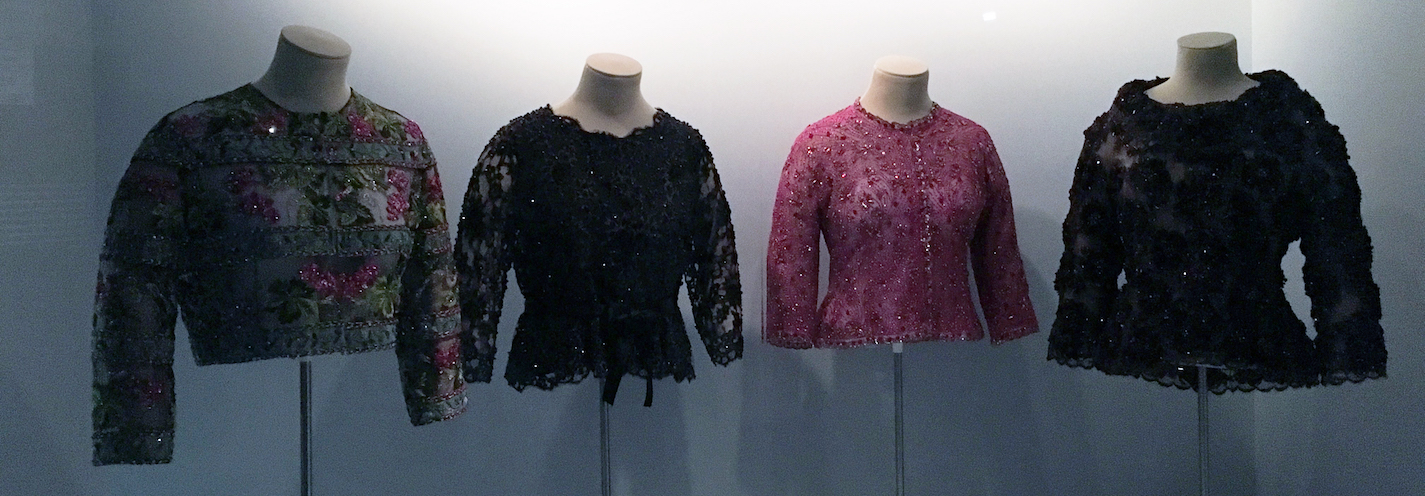
Balenciaga no dudo en colaborar con grandes como el para revolucionar la industria del encaje. Bordadores como Lesage, René Begué o Andrée Bosin se convirtieron en imprescindibles para el modisto creando conjuntamente los primeros encajes perlados, con lentejuelas, adornado con flores de relieve o pintados a mano. Los usó en prendas como vestidos, chaquetas, trajes, boleros y abrigos y en accesorios como guantes, sombreros, zapatos, echarpes, estolas o mantillas con los que exaltaba sus obras maestras con delicadeza y feminidad.
El color tambien tiene su importancia, siendo el negro y en particular el del encaje de tipo chantilly, lo que permitió a Balenciaga multiplicar los efectos de la transparencia, mezclando con tonos vivos como el violeta, el purpura, el fucsia otonos empolvados y logrando así mostrar la figura del cuerpo en sus vestidos.
Balenciaga did not doubt in collaborating with great designers like him to stir up the industry of the lace. Embroiderers like Lesage, René Begué o Andrée Bosin were essentials for the dressmaker creating all together the first pearled laces, with sequins, relief flowers embellished or hand painted. He used them in garments like dresses, jackets, suits, shrugs and coats and accessories like gloves, hats, shoes, stoles or mantillas with he praised his masterpieces with attentiveness and feminity.
The colour has its importance too, being the black one and particularly in the chantilly type lace, what gave Balenciaga the allowance to multiply the effects of the transparency, mixing with bright tones like violet, purple, bubble gum or dusty tones reaching to show the body figure in his dresses.
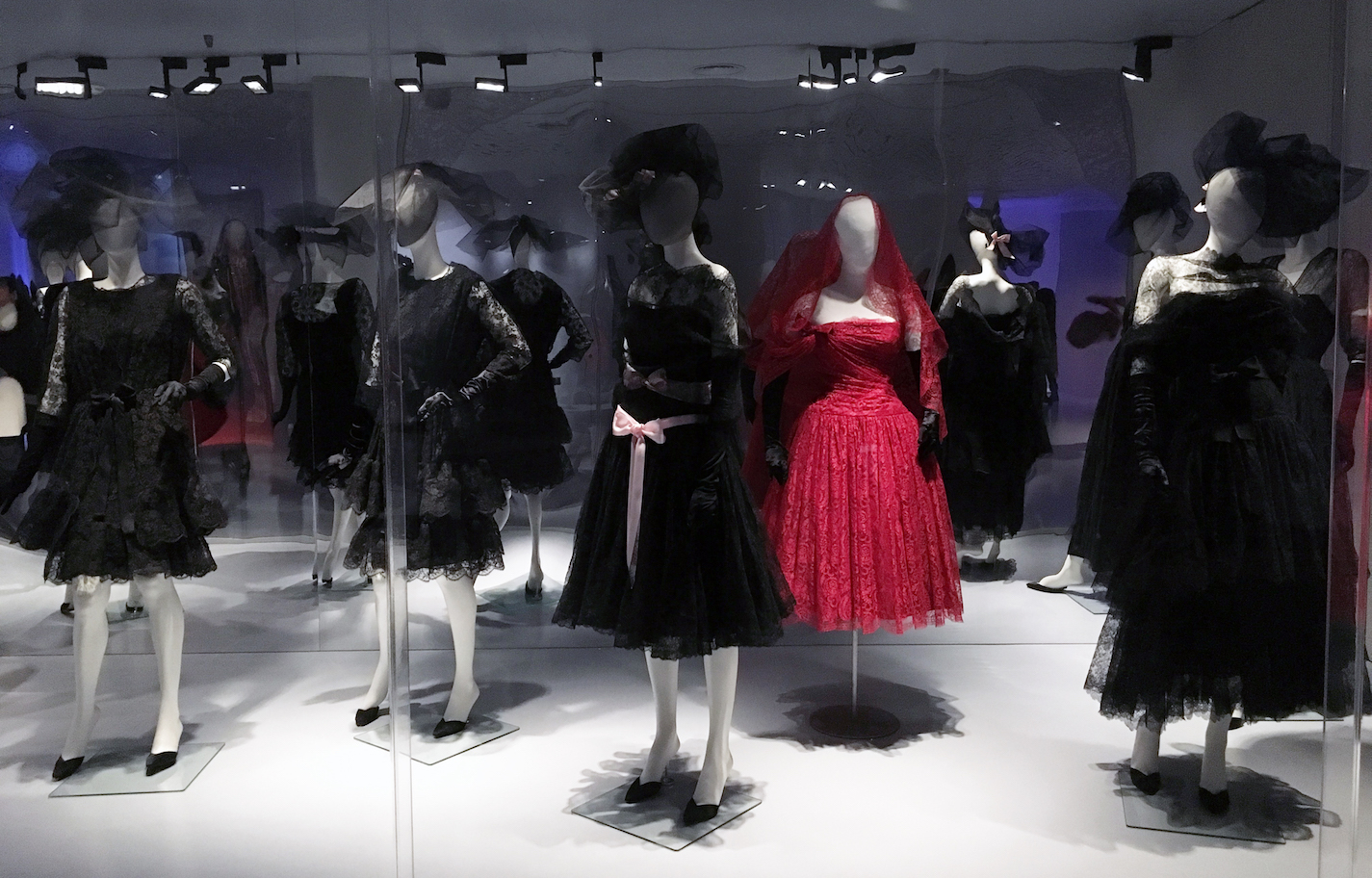
Hubert de Givenchy, presidente de patronato de la Fundación Balenciaga, ha dicho de él: «Balenciaga fue el creador del arte de la alta costura. Elegante en su vida y en su obra, su pasión por la vida le llevó a convertirla en arte. Cada una de sus creaciones tuvo siempre algo de escultura, de música y de pintura, expresadas en trajes de impecable y serena armonía».
Hubert de Givenchy, president of the board of Balenciaga Foundation, has said about him: «Balenciaga was the creator of the art of the Haute Couture. Elegant in his life and his work, his passion to life made him turn it into art. Each of his creations had always some sculture, music and painting, expressed in flawless suits and quiet harmony”.
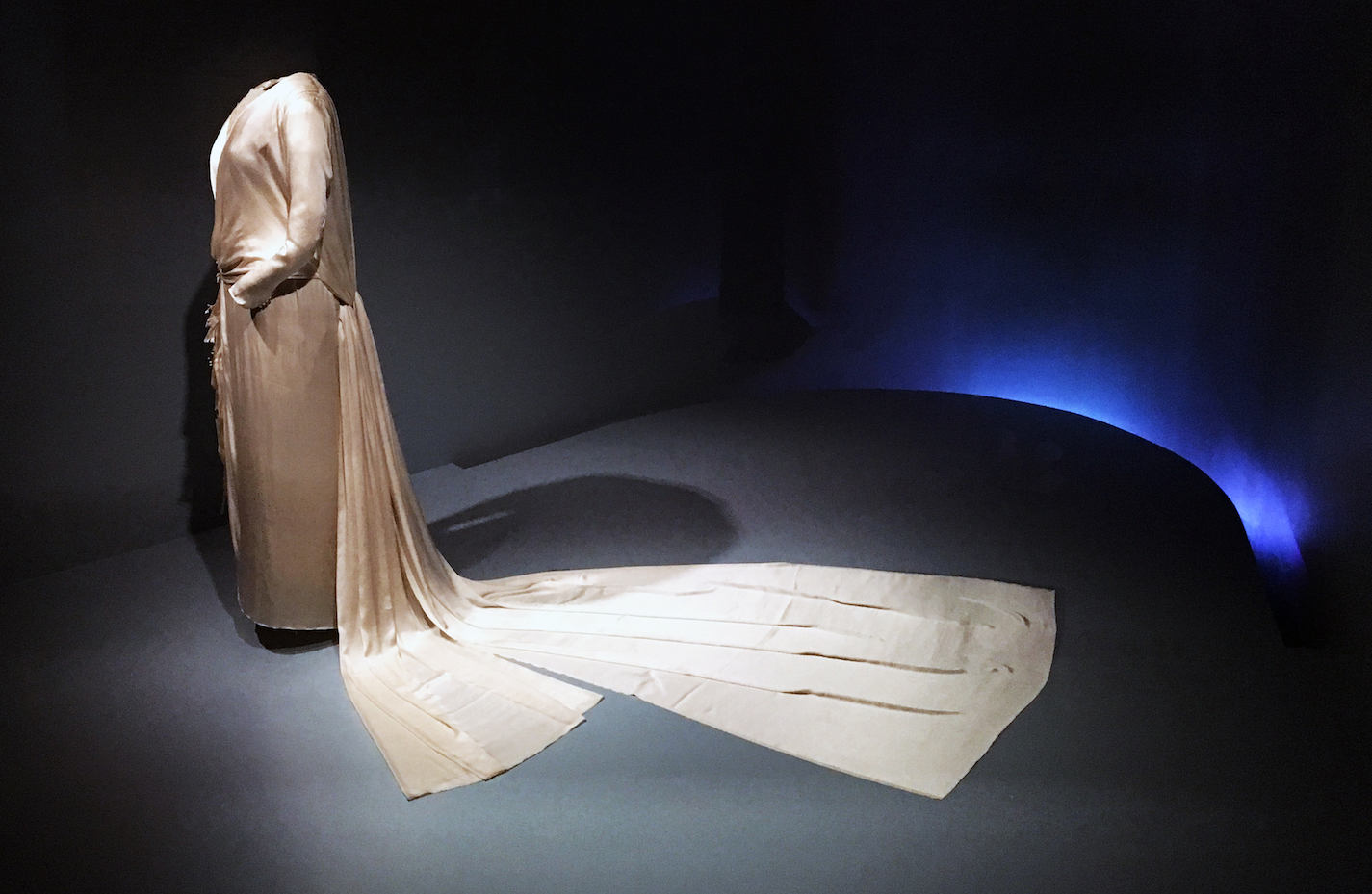
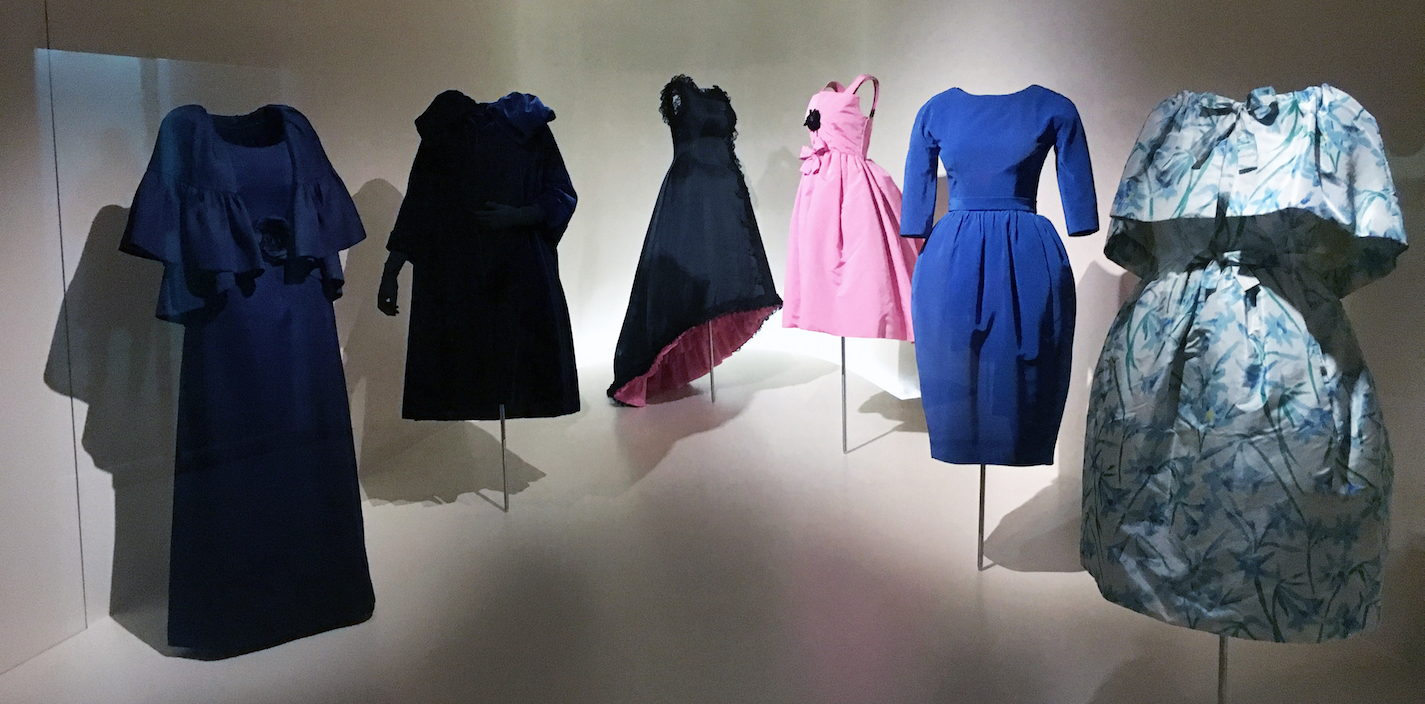
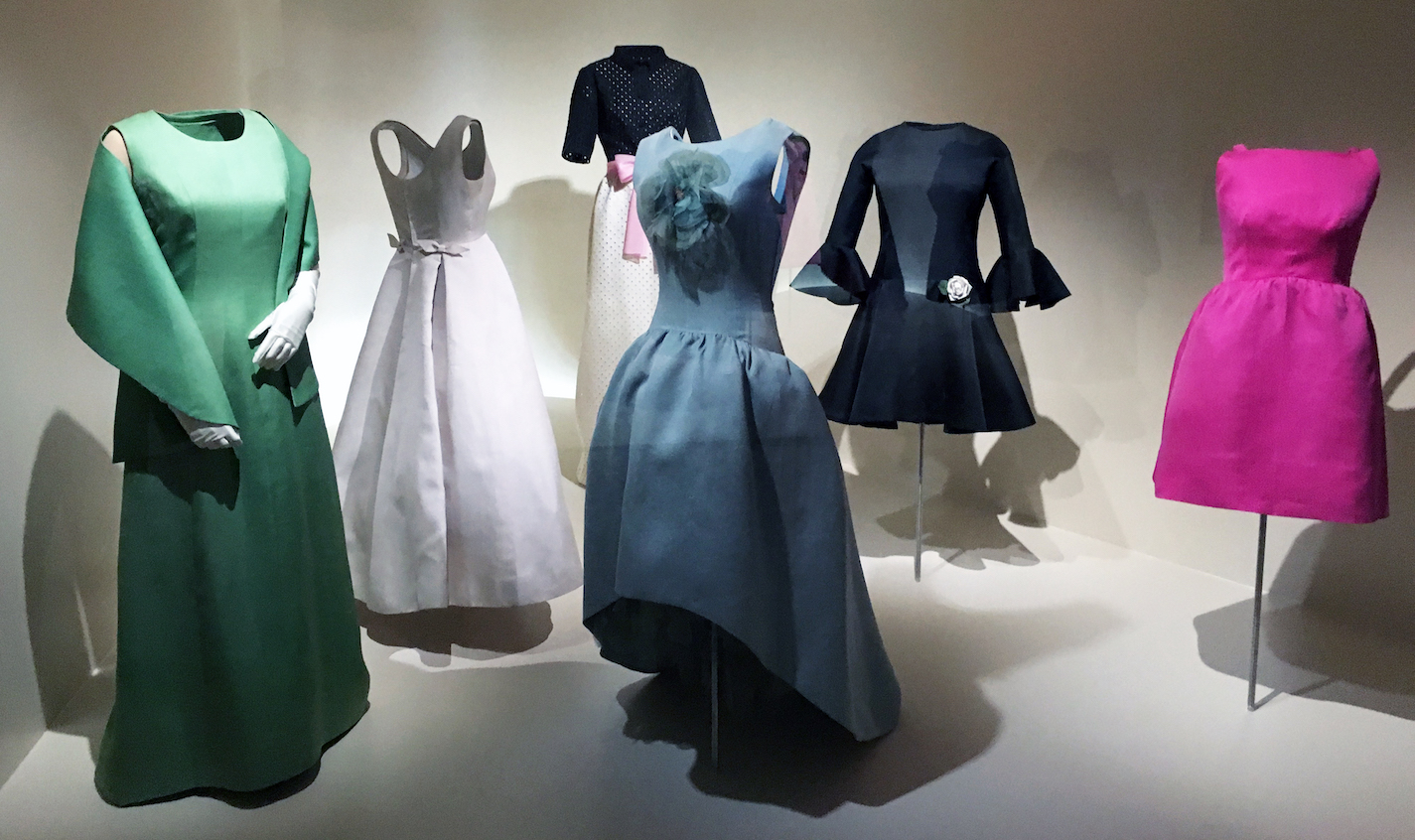
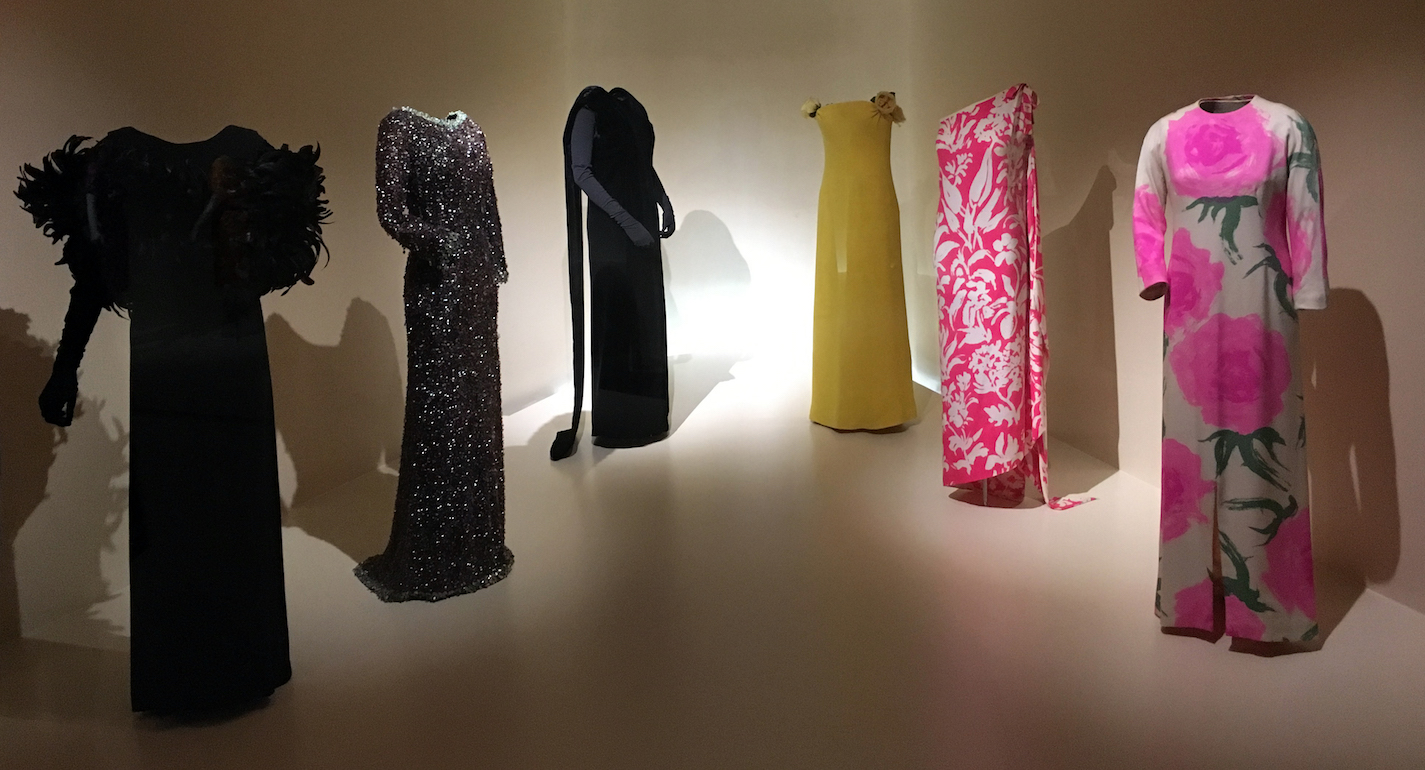
Espero que os haya gustado el post y estéis deseando visitar el museo,a mi me encanto!!! Podéis dejar vuestros comentarios y sugerencias y os contestaré lo antes posible!!! Podéis seguirme también en Facebook, Instagram y Pinterest como Mikel Berrio.
Gracias por leerme!!!
I hope you like the post and you are looking forward to visiting the museum,I loved it!!! You can leave comments or suggestions and I will reply them asap!!! You can follow me on Facebook, Instagram and Pinterest as Mikel Berrio.
Thanks for reading me!!!
balenciagablogbloggercristobalbalenciagamuseoaeventfashionfashionblogfashionbloggerfashiondiariesfashioneventfashionistafashionloverfashionpostlacemikelberrio






